London’s status as a world aviation hub extends far beyond Heathrow. The UK’s capital is served by six airports, some stretching the geographical definition of London to the limit.
Whether you’re arriving on a budget flight into Luton or taking a long-haul trip out of Gatwick, our airport travel guide for London will tell you how to get in and out of town and what to expect when you’re in the terminal.
1. Heathrow (LHR)
Heathrow Airport, London’s main hub, is also one of the world’s busiest airports, with 80.1 million passengers coming through in 2018.
Spread across five terminals and just 14 miles west of central London, it’s the easiest airport for getting into town.
The Piccadilly Line on the Underground metro system serves three tube stations (Heathrow Terminals 1, 2 and 3; Terminal 4; and Terminal 5 – all in fare zone 6), with trains running every few minutes during the day, and a journey time of around 45 minutes from zone 1.
You can use an Oyster card or contactless payment card to get around, or buy a paper ticket. Of course, you’ll be at the whim of the tube, which, while generally fairly reliable, isn’t always pleasant for a long journey.
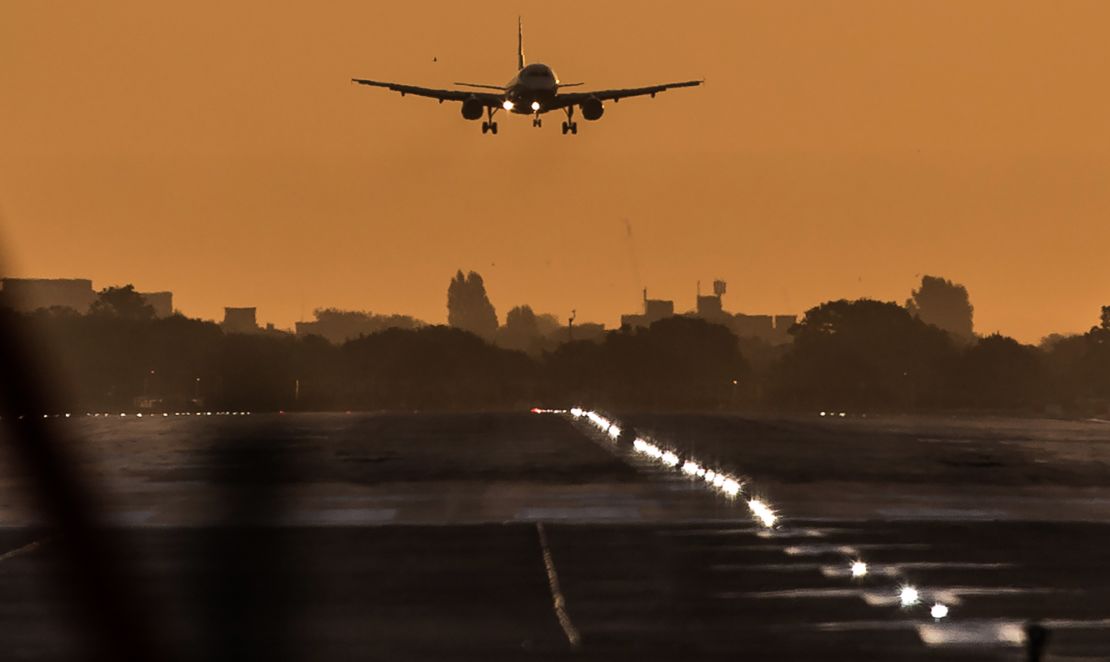
Alternatively, there’s a train directly connecting to Paddington station in west London. The Heathrow Express takes 15 minutes to Terminals 1, 2 and 3 and a further five minutes to Terminals 4 and 5, with the on-the-spot fares notoriously pricey.
Long dubbed the UK’s most expensive train journey, heavy criticism has led to the introduction of cheaper advance tickets; if you buy a month or two ahead, you can generally get a good deal.
UK National Railcard holders can also get a discount on advance tickets, and business class offers more legroom.
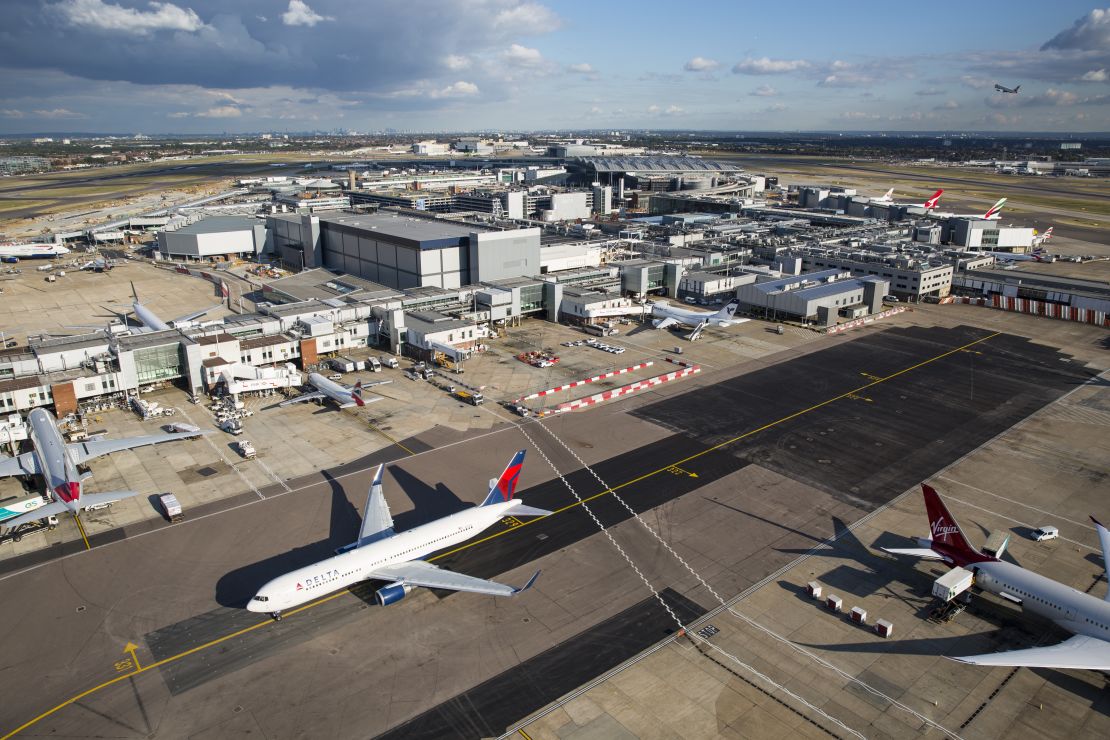
Another rail service, formerly known as Heathrow Connect, now comes under the TFL Rail branding – it’s due to become part of the soon-to-launch Crossrail service.
This train stops at intermediate stations between Paddington and Heathrow, is somewhere in between the Piccadilly Line and the Heathrow Express in terms of expense and you can pay using Oyster or contactless.
Word of warning, you can’t get to Terminal 5 via this service — it stops at Terminal 4.
National Express operates coach services from Victoria coach station, a five-minute walk south from Victoria train station. Journey times are optimistically advertised as 35 minutes, although London’s notorious traffic often means it can take twice that.
A traditional black cab can take you to and from Heathrow, avoiding public transit altogether. But depending on traffic, journey times can be anywhere between 30 minutes and one hour and prices can be steep.
Taxis can usually take five passengers, with some larger vehicles able to accommodate six, plus wheelchairs and buggies.
Ride-share services such as Uber and business-travel oriented Addison Lee or minicabs – as pre-booked cabs are known in the UK – can be scheduled for private trips and will likely cost less than an on-the-spot taxi, but still be pretty pricey.
While Heathrow can at times feel like a shopping mall with an airport attached, it’s unquestionably the best-served airport in London.
Every major airline flies here and the facilities are largely excellent. The fact it runs at 99% capacity, though, means it’s often extremely busy. Non-European Union arrivals should prepare for long queues at immigration.
2. Gatwick (LGW)
At around 25 miles from the city center, Gatwick is more mockney than cockney. Spread over two terminals (North and South), which have been mercifully refurbished in recent years, Gatwick handled a massive 46.1 million passengers in 2018.
That hefty distance from the city center means it can be both costly and time-consuming to get to and from Gatwick if you don’t book transport in advance.
Thanks to the UK’s somewhat opaque rail ticketing system, it’s all too easy for first-time visitors to wind up with the wrong ticket and on the wrong train.
Gatwick’s train station is served by Gatwick Express, Southern and Thameslink trains.
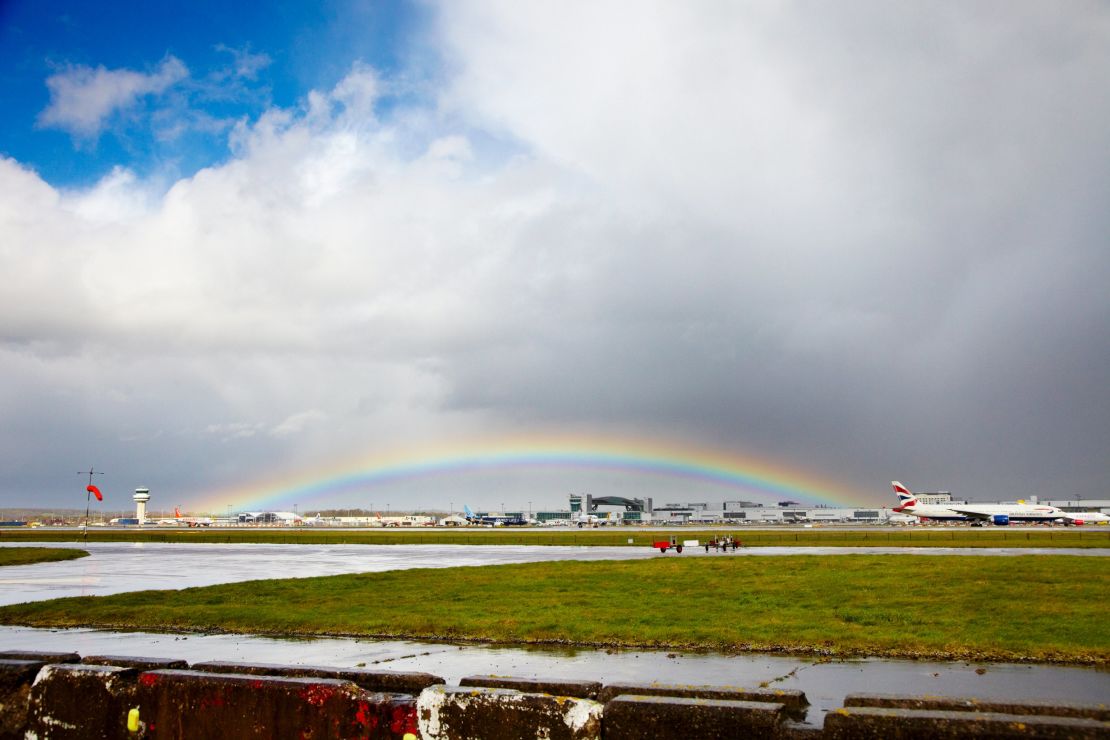
The Gatwick Express, like the Heathrow Express, is similarly a bit pricey.
National Railcard holders can get discounts on Southern, Thameslink and Gatwick Express.
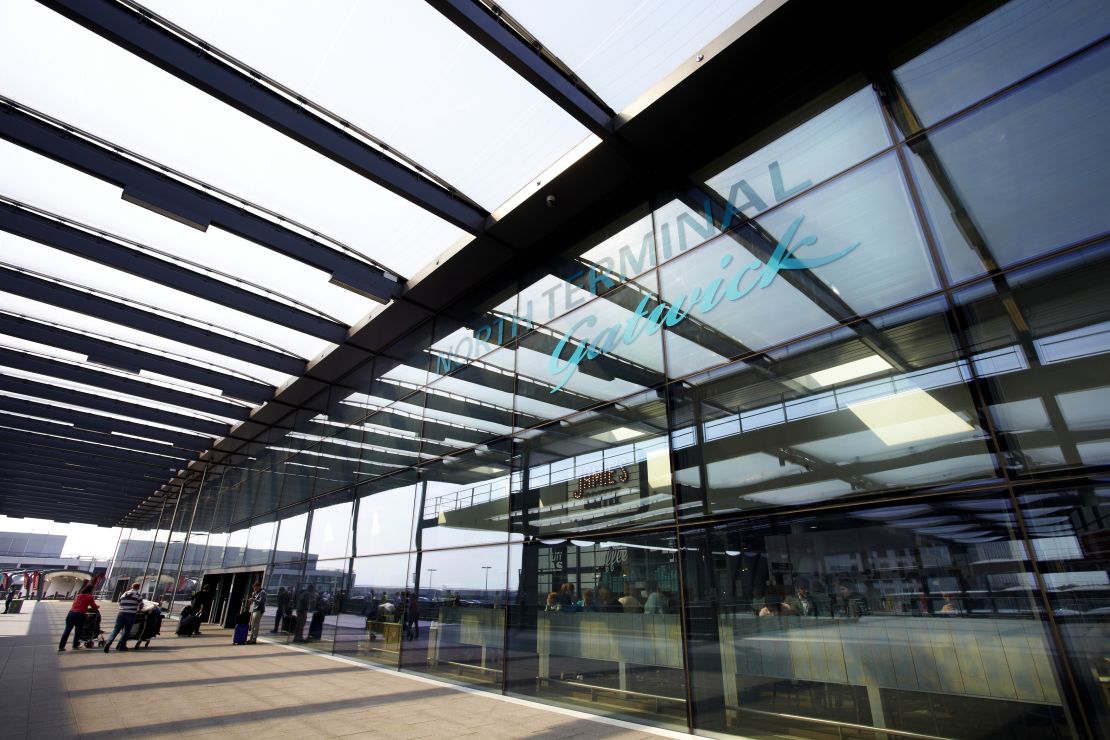
Be aware that boarding a Gatwick Express train with a Southern or Thameslink ticket can leave you liable to a penalty fare.
This train line is also regularly hit by disruption, thanks to aging tracks and signals, industrial action and generally poor service. Southern is statistically the UK’s worst train operator.
Still, if you’re traveling to and from south London, or even southern England, it’s super convenient.
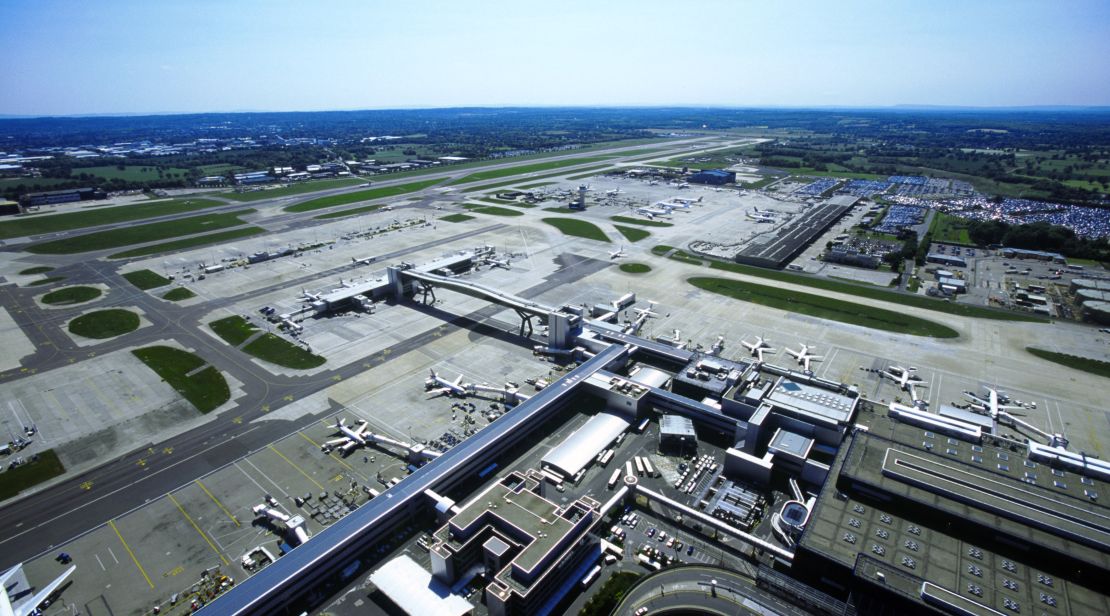
Gatwick Airport train station is cramped and queues can get very long, so buy online and print tickets at home if you can.
If all that seems stressful (and even for Londoners, it truly is), Gatwick offers its own taxi service to central London, with journey times taking up to 90 minutes.
Again, traveling by taxi or minicab, whatever kind, is naturally going to be pricier than public transport.
Coaches run from Victoria coach station to Gatwick and are much more affordable than the train. easyBus offers super cheap advance tickets and also drops off at London Waterloo. National Express is also an option, with kiosks in both the North and South terminals.
For the brave (or just the foolhardy), Gatwick has impressive cycle access. It’s on National Cycle Route 21, which runs from Greenwich in south London, and has bike parking as well as bike lifts for getting in and out of the South terminal. Ideal if you’re off on a two-wheeled trip.
Gatwick’s security tends to be swifter than Heathrow’s and immigration lines tend to move fast thanks to automatic gates. Its restaurants have also improved markedly in recent years. However, the overabundance of shops, much like Heathrow, means spaces to sit and relax before take-off are at a premium.
3. Stansted (STN)
With more scheduled flights to Europe than any other UK airport, Stansted is hugely popular with those taking budget flights to and from the continent.
Originally a World War II airfield, it has a two-mile long runway designed to accommodate US Air Force Flying Fortresses, although today’s planes are a lot smaller and far less menacing (molten in-flight Ryanair toasted sandwiches notwithstanding).
Thirty miles equidistant between Cambridge and London and set in leafy Essex countryside, Stansted is easiest to reach from the east of the city.
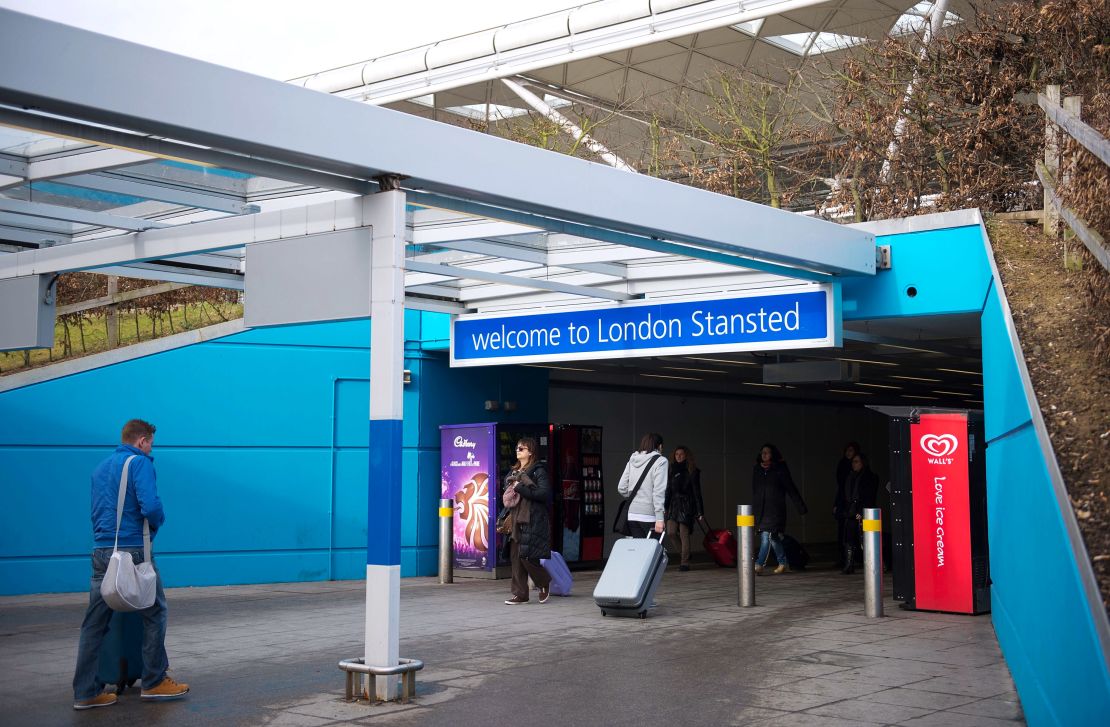
The Stansted Express train service runs every quarter of an hour and takes 45 minutes to and from Liverpool Street in London’s financial district. It also stops at Tottenham Hale for connections to the London Underground Victoria Line and the center of town.
National Railcard discounts apply here also.
The Stansted Express also offers first-class tickets, which come with a fast-track pass allowing you to skip the line at security. First-class seats are wider than in standard, with more legroom. A catering trolley – where you pay for snacks and drinks – offers refreshments for all passengers.
National Express coaches run to Stansted Airport 24 hours a day. Journey times can be as fast as 50 minutes, but traffic in and out of the city can easily clog up, pushing trips closer to the two-hour mark.
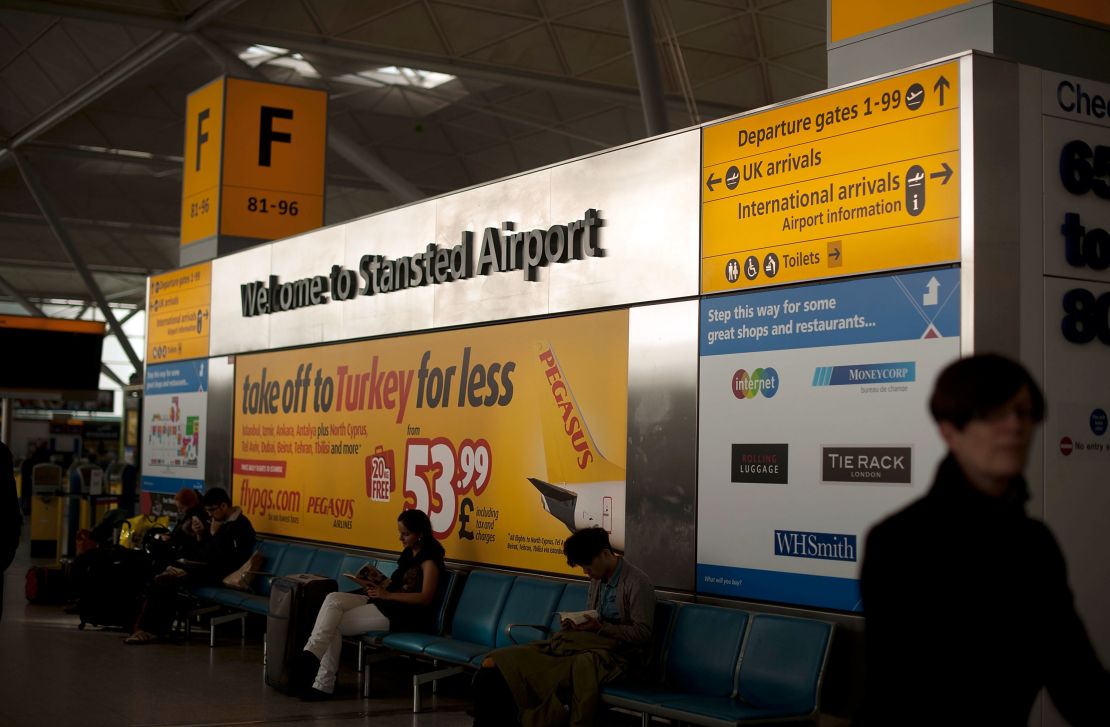
Pre-booked cabs or minicabs from the center of London to Stansted Airport can be good value, but hailing a black cab to take you the full 30 miles could be very expensive.
Stansted only has one terminal, an award-winning design by Norman Foster which opened in 1991.
Its original spacious, bright concept has been critically undermined in recent years, however, due to the unbending British obsession of turning every free space in an airport into a shop. As such, the terminal can feel cramped.
4. Luton (LTN)
Like Gatwick and Stansted, London’s fourth airport, at Luton, is nearly 30 miles from the city center. Yet despite being the same distance from town, it’s the quickest of the three to reach by train (not including the shuttle bus to the terminal).
East Midlands trains run fast, hourly services from London St Pancras to Luton Airport Parkway, taking roughly 30 minutes. Thameslink runs a more regular service from St Pancras.
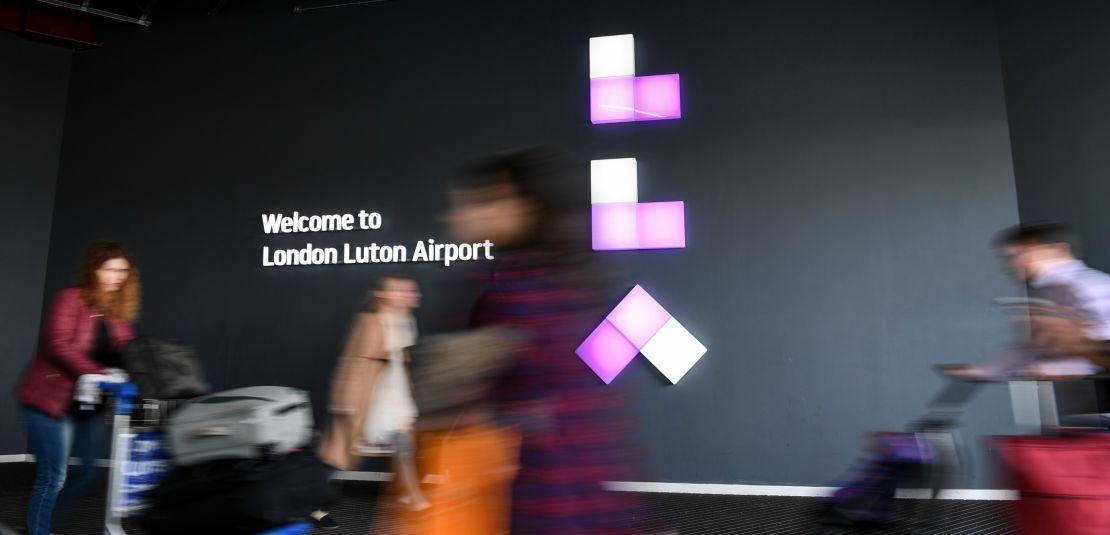
UK National Railcard discounts apply.
Visitors should remember to buy a ticket to Luton Airport rather than Luton Airport Parkway. The latter is the nearest station to the airport, with all passengers required to take a shuttle bus to the terminal. This adds 10 to 15 minutes to all journey times.
National Express coaches pick up and drop off at 30 different locations in London from Luton Airport.
Journey times from Victoria coach station can take as long as two hours during rush hour, although that falls to around an hour at peak times.
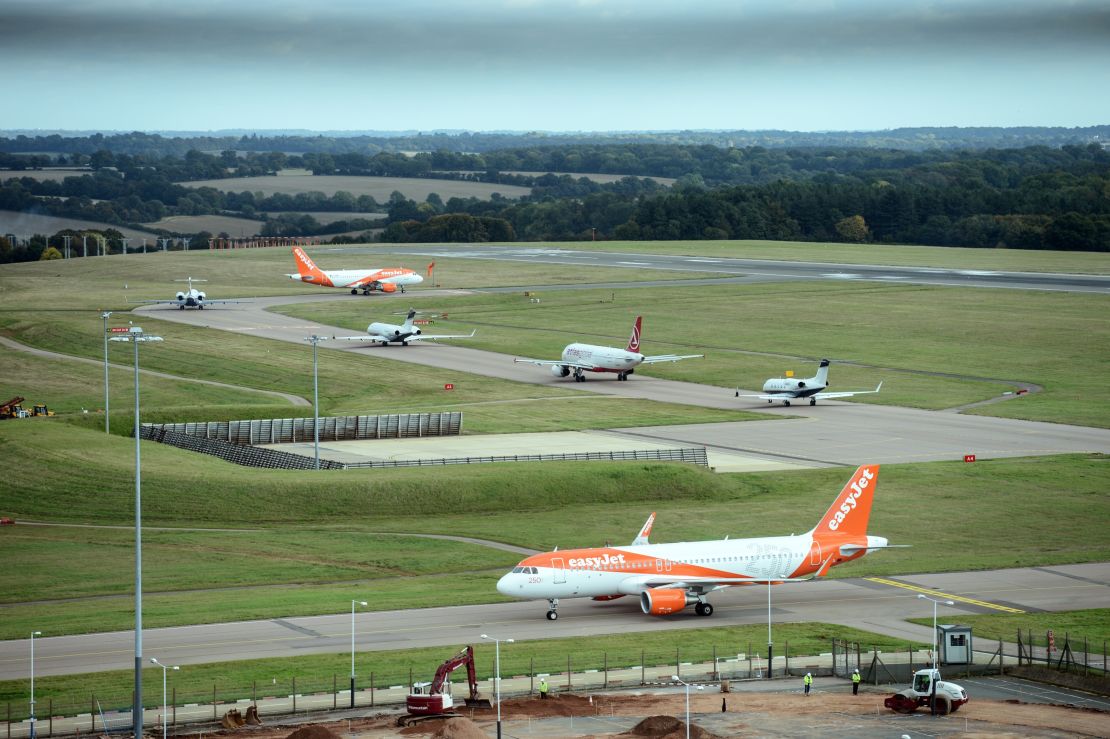
Again, a pre-booked taxi is also an option. Luton Airport is next to the M1 motorway, so traffic can get heavy, especially during early mornings and evenings.
The airport itself is basic, with a lack of ample seating space after clearing security. The preponderance of budget airlines such as Easyjet means that a lot of flights leave very early, with crowds building from around 4 a.m.
Passengers often have to queue in corridors to board rather than waiting in a dedicated seating area.
The airport unveiled a £160 million transformation in 2018, increasing capacity.
5. City (LCY)
Arguably London’s most convenient airport, City is nestled in the heart of the Docklands area, six miles from the City financial district and a stone’s throw from Canary Wharf.
Flights into and out of City tend to be short-haul hops to Europe for business travelers, although BA1, British Airways’ 32-seat business-class-only flight to New York gives it the edge among bankers and suits working down the road.
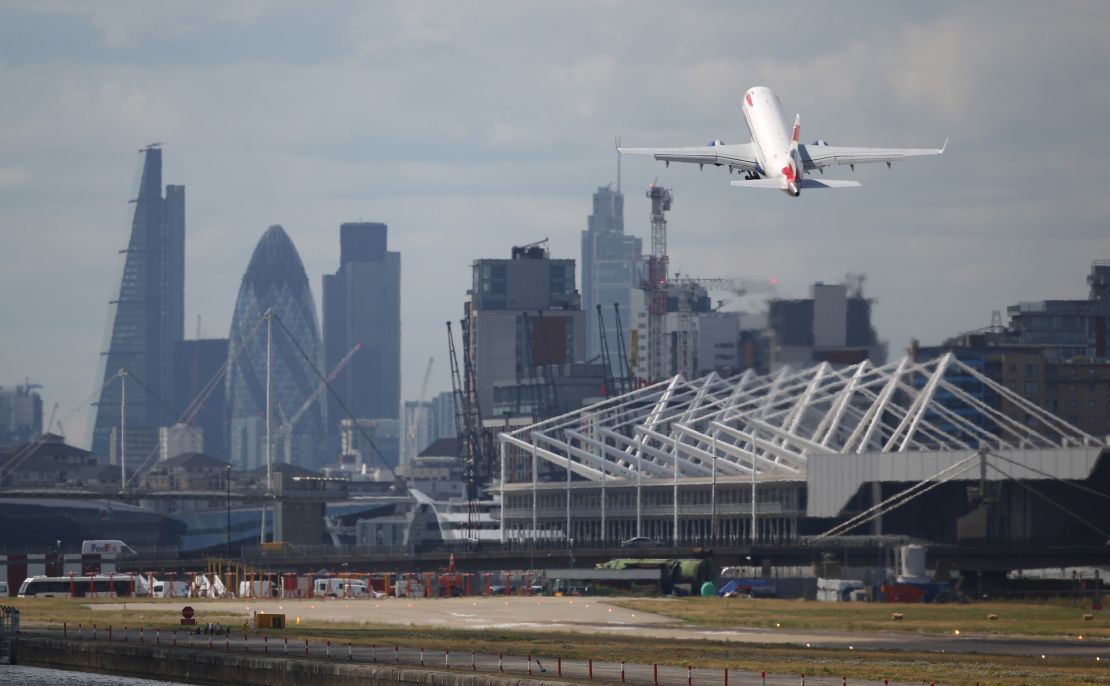
City doesn’t have a mainline train station, but can be accessed via the Docklands Light Railway (DLR). You can travel directly from Bank in the heart of the City of London in 20 minutes.
Alternatively, you can take the Jubilee Line to Canning Town, from where it’s just a seven-minute DLR ride to the airport. City Airport is in Zone 3 and you use an Oyster card or contactless payment card.
Cabs or minicabs from the City take around 40 minutes and can be pretty pricey, although more reasonable than the out-of-town airports. Local bus services also drop off at the airport, although these understandably take circuitous routes through surrounding areas and are best avoided if you’re in a rush.

City Airport is small, with a handful of restaurants and lounges and a more of a “business traveler” than “vacation” vibe. The relative lack of flights taking off and landing mean that it rarely feels crowded. Its dinky size also means that it’s a short walk from the DLR station to arrivals and departures.
6. Southend (SEN)
History shows that city boundaries are fluid. But not so fluid to include an airport that sits a massive 42 miles from the center of London.
Southend is a town deep into Essex, where the Thames opens out into the North Sea. But its little airport has managed to become an important hub for visitors using budget airlines to fly to and from short-haul destinations across Europe, largely in France and Spain.
Greater Anglia trains operate from London Liverpool Street direct to Southend Airport, with a journey time of just over 50 minutes. Cheaper advance tickets using specific services are available online. National Railcard discounts apply and First Class is available.
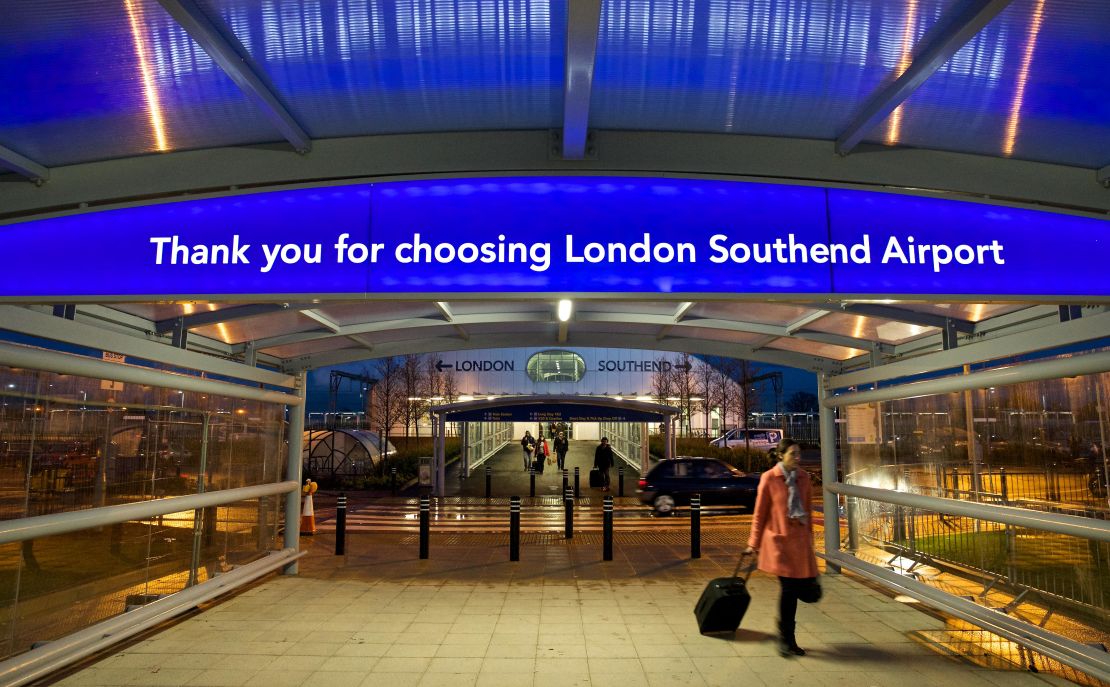
Southend’s small size means it’s not as easily reached by bus or coach. The X30 service runs between Southend Airport and Stansted Airport, which is handy for connections.
Pre-booked taxis are also available, factoring in distance and the heavy traffic getting out of London.
The airport itself is basic, but modern, with just a couple of restaurants and a newsagent. It may not be as stressful as Heathrow, but amenities are inevitably lacking by comparison.
















